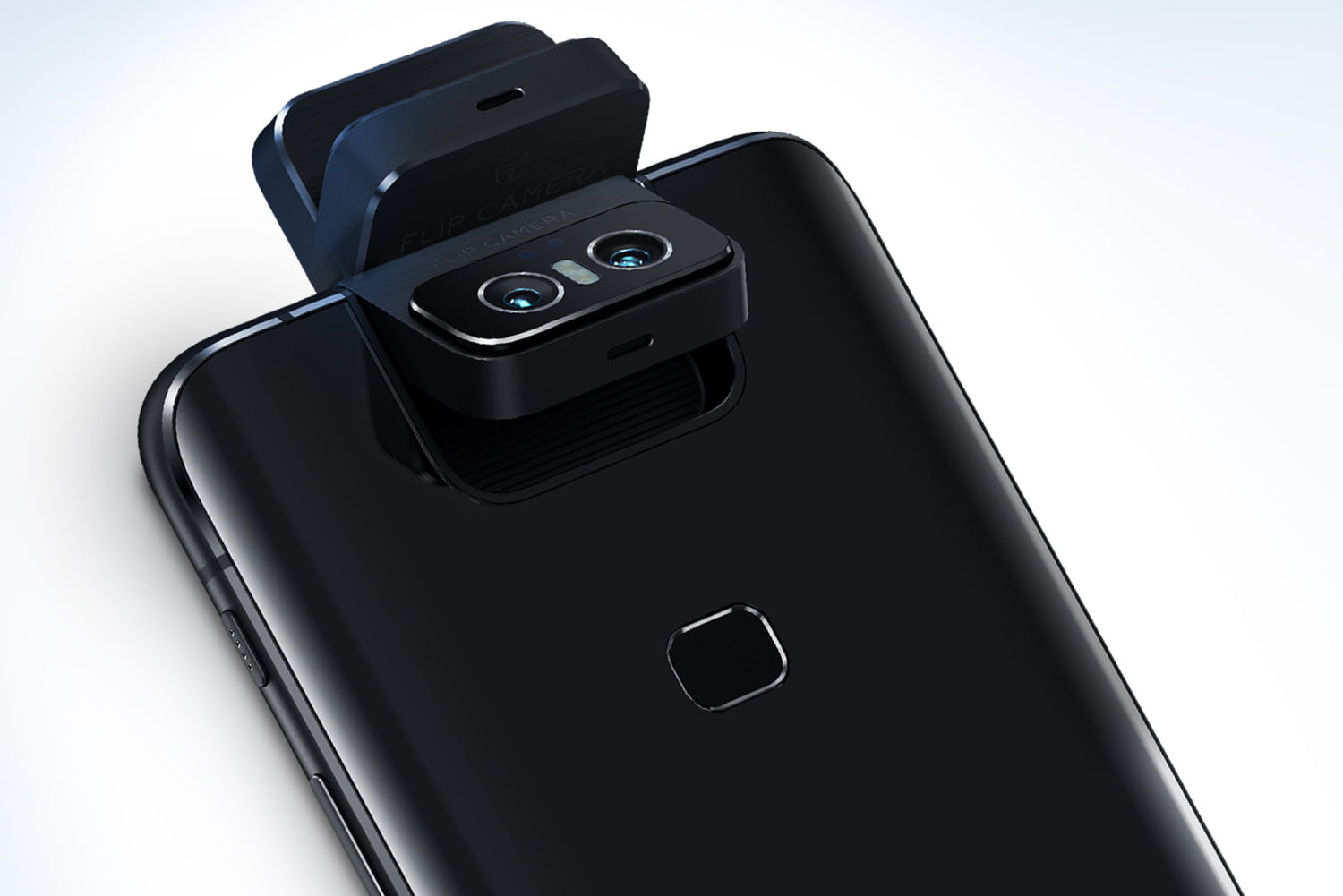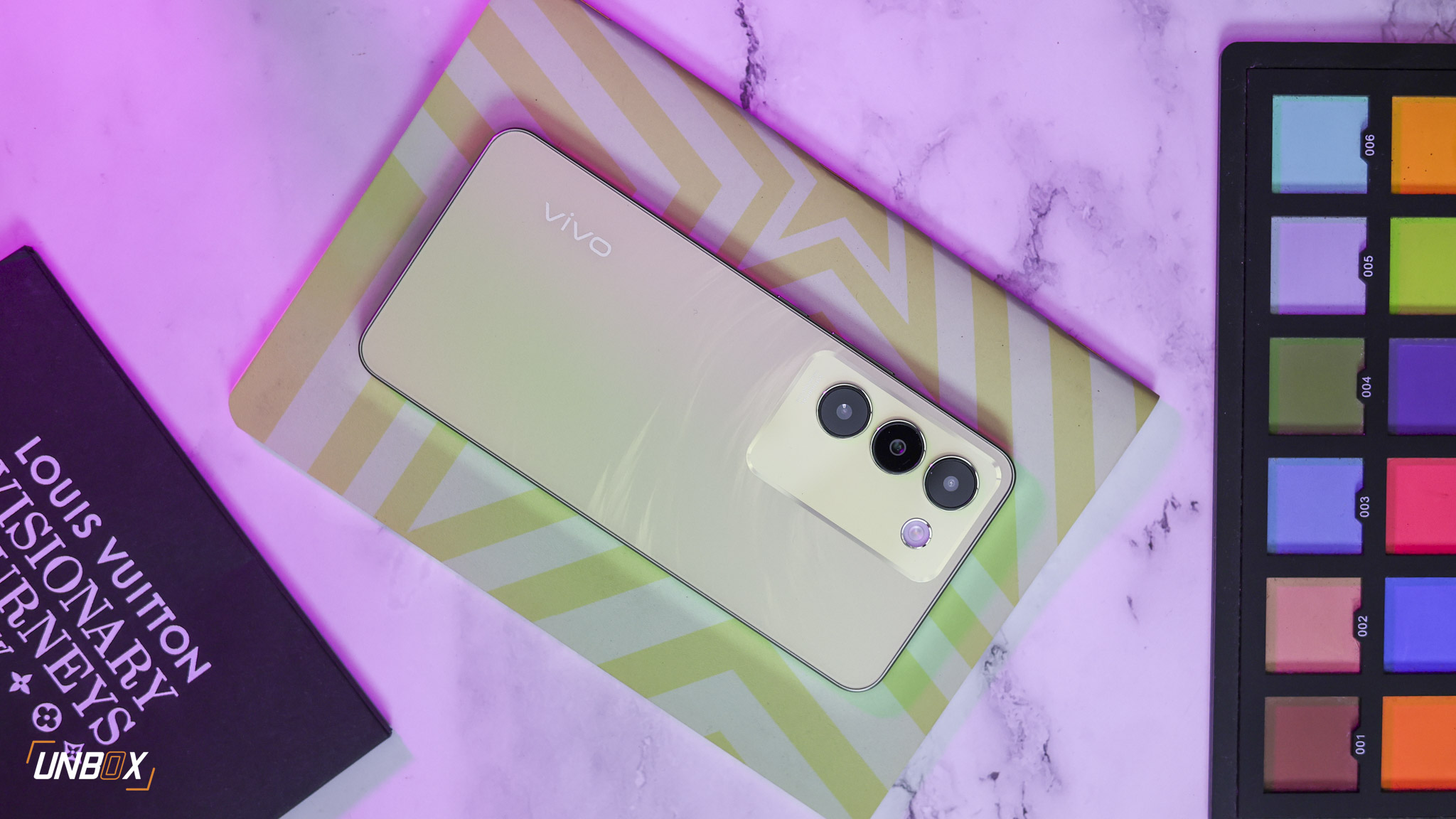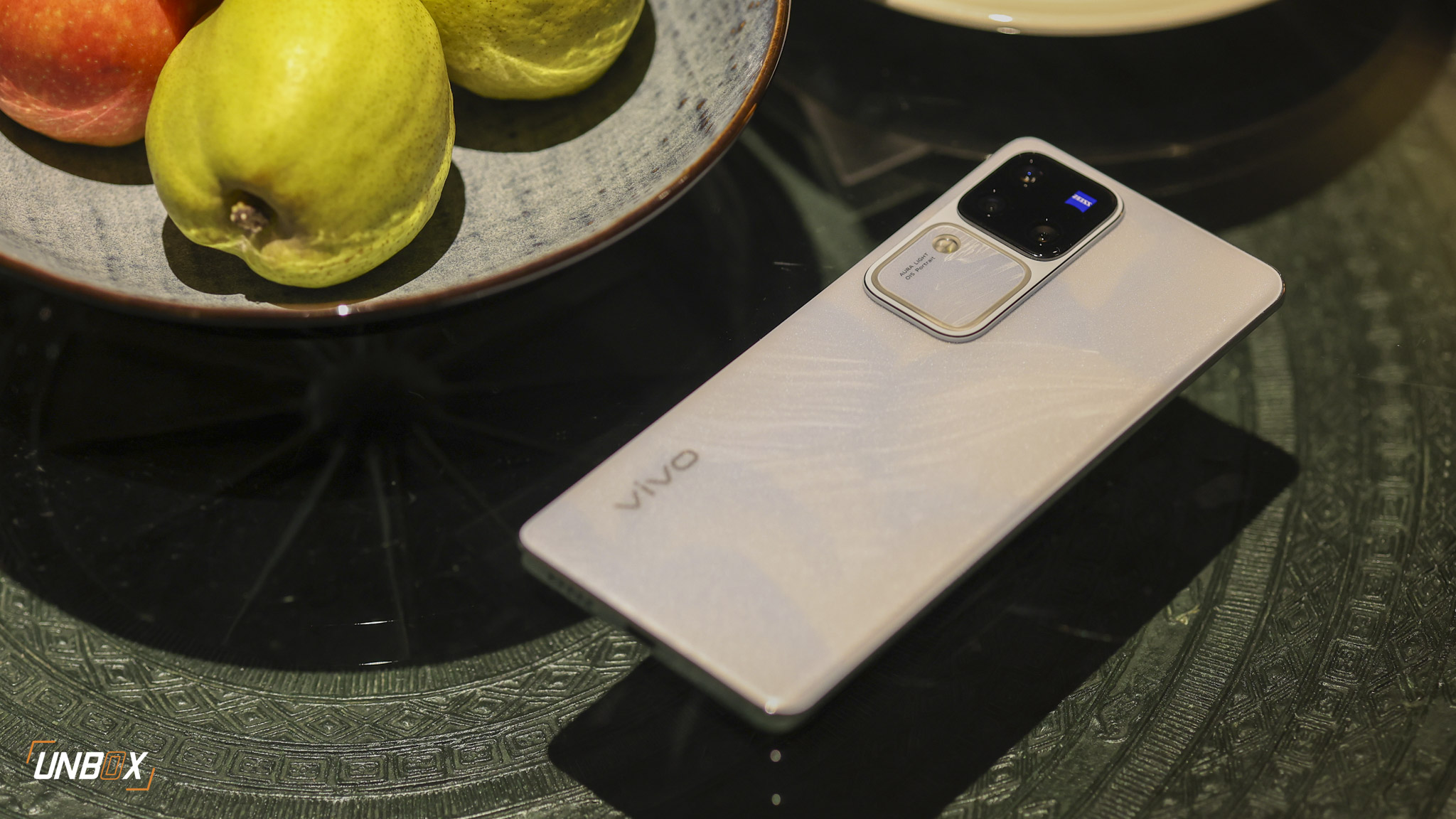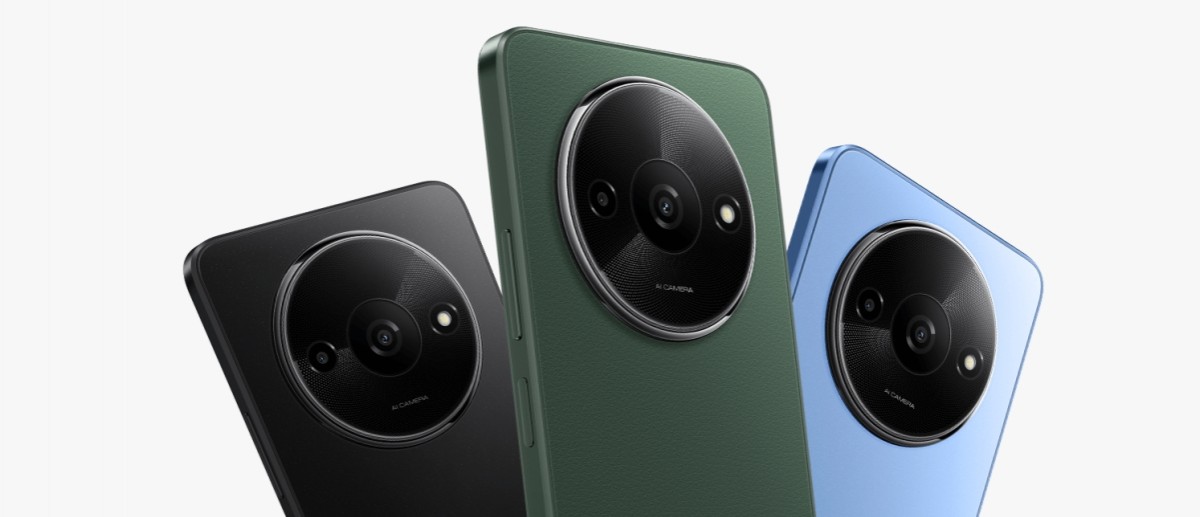Is this the ideal solution?
The flippable camera module on ASUS’ ZenFone 6 is the latest solution to a long-standing problem: how do you eliminate the notch and get an all-screen display while still retaining the ability to take selfies?
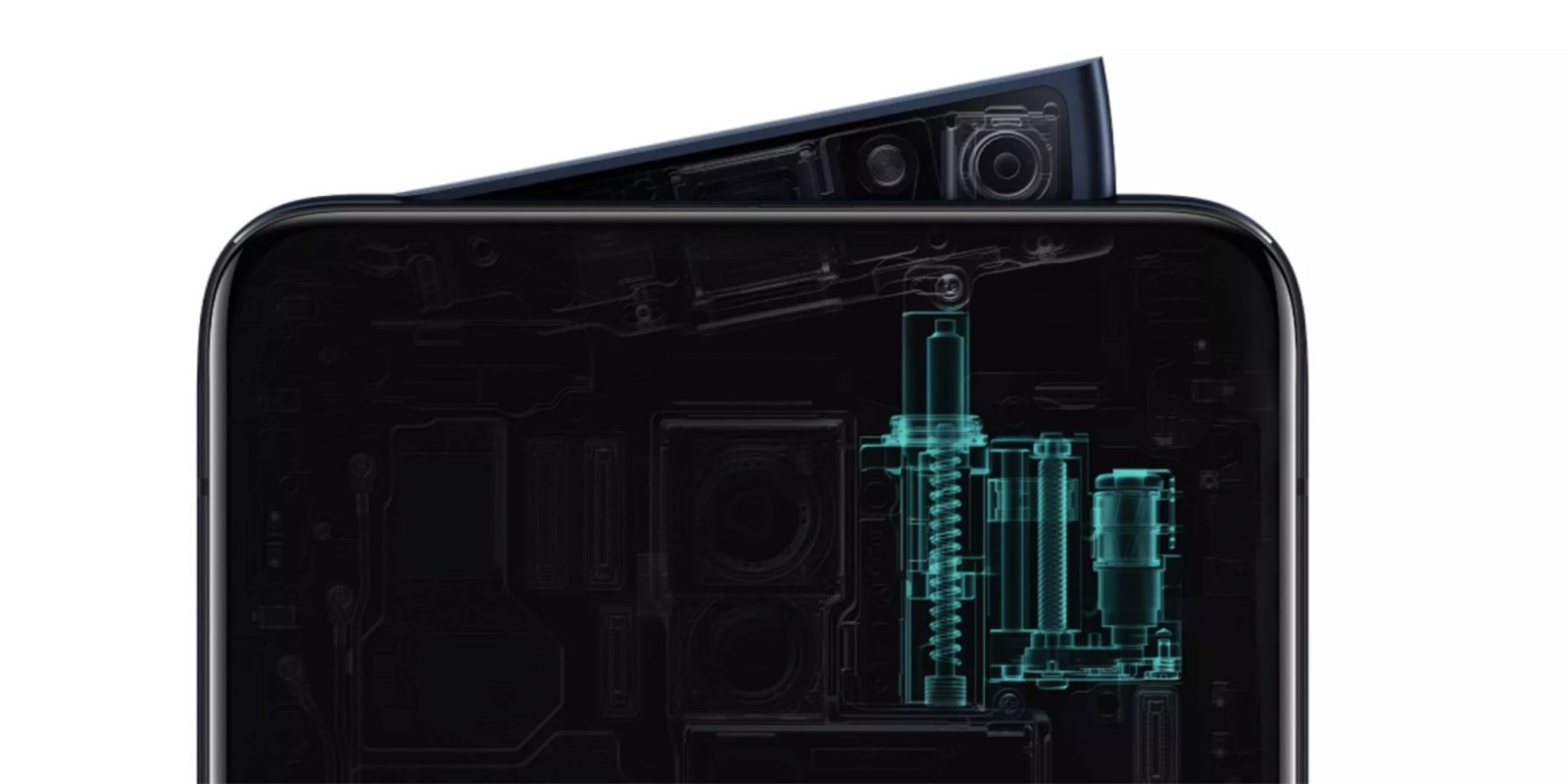
It’s a conundrum that manufacturers are trying to solve with clever engineering, but it’s clear that 2019 is the year of the pop-up camera. You can’t argue with the logic behind it: there’s no longer a need for a notch since you physically move the front camera somewhere else, which also means you can reduce bezel sizes of your phones dramatically to increase your screen-to-body ratio.
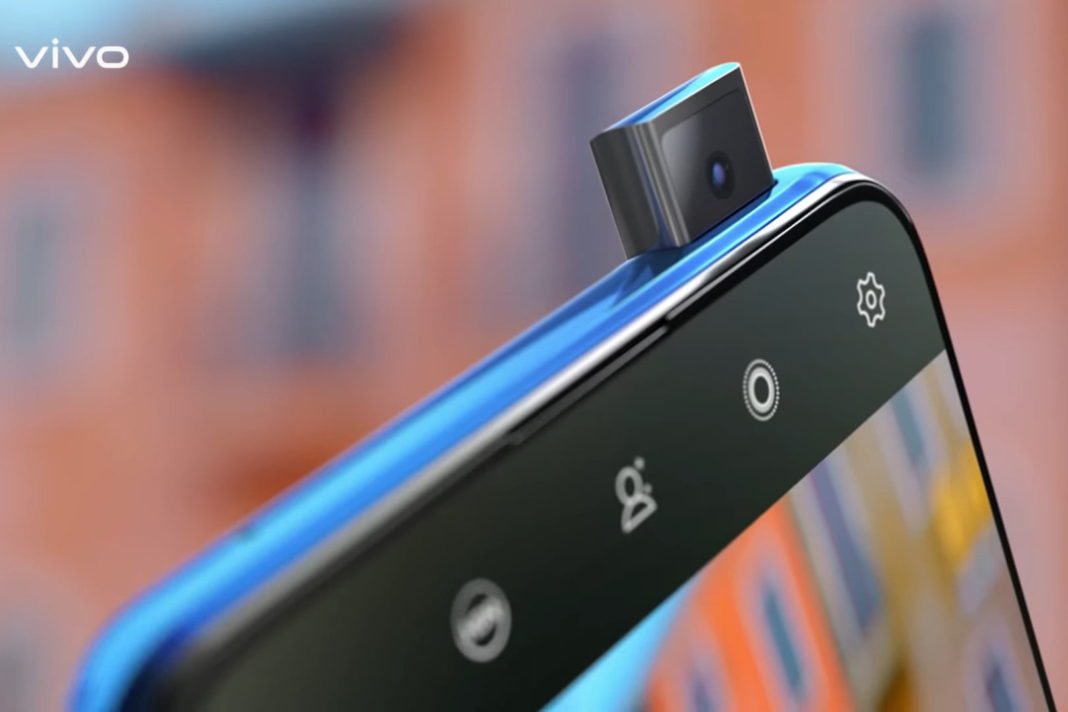
The selfie camera is proving to be one of the hardest elements in a modern mobile phone to design around to achieve that all-screen display since it’s the only essential part of the phone that’s on the front that can’t be hidden or placed under the display. While companies have managed to successfully eliminate the earpiece altogether in newer phones (utilizing special tech like vibrating displays to produce the sound needed) the technology needed for a see-through display that can be used by an under-display camera isn’t available in the market just yet.
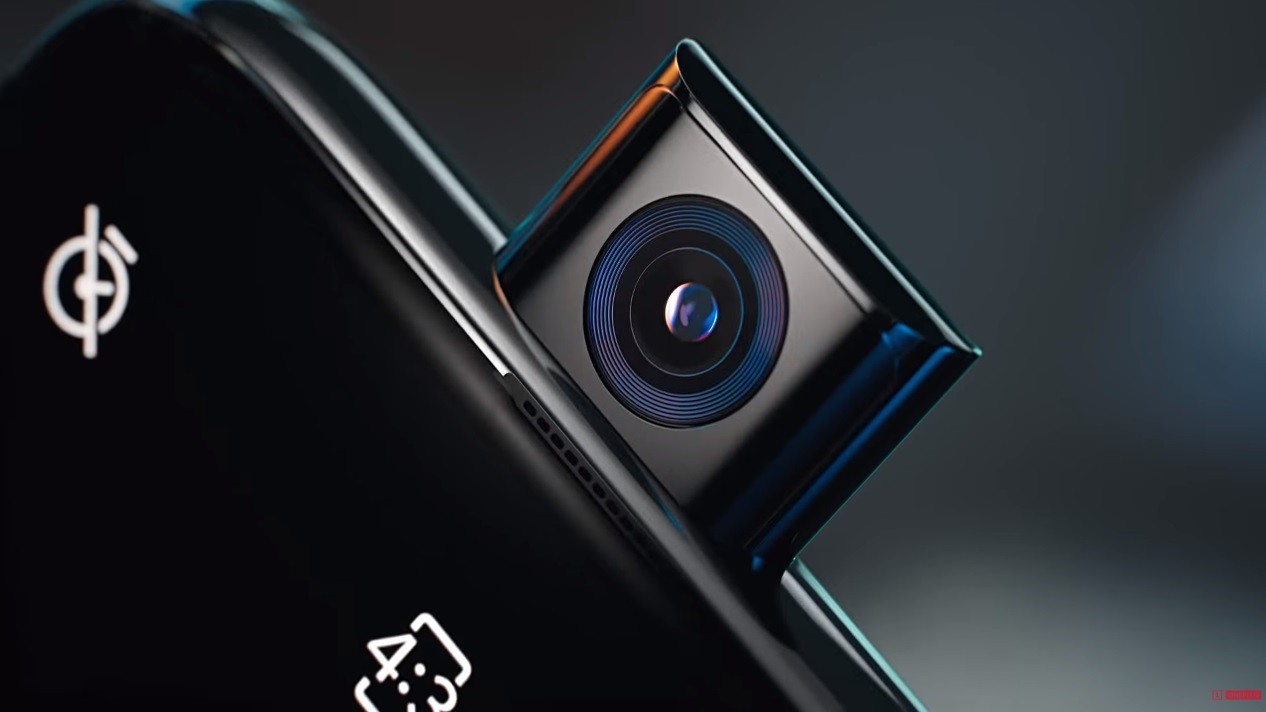
And so companies have turned to motorized camera modules, implementing their own unique solution to the problem. While the usual pop-up camera module that we’ve seen on vivo’s V15 Pro and on the OnePlus 7 Pro will be the one that’s likely to spread to other brands, that’s not stopping companies like Samsung, ASUS, and OPPO from experimenting with their own solution.
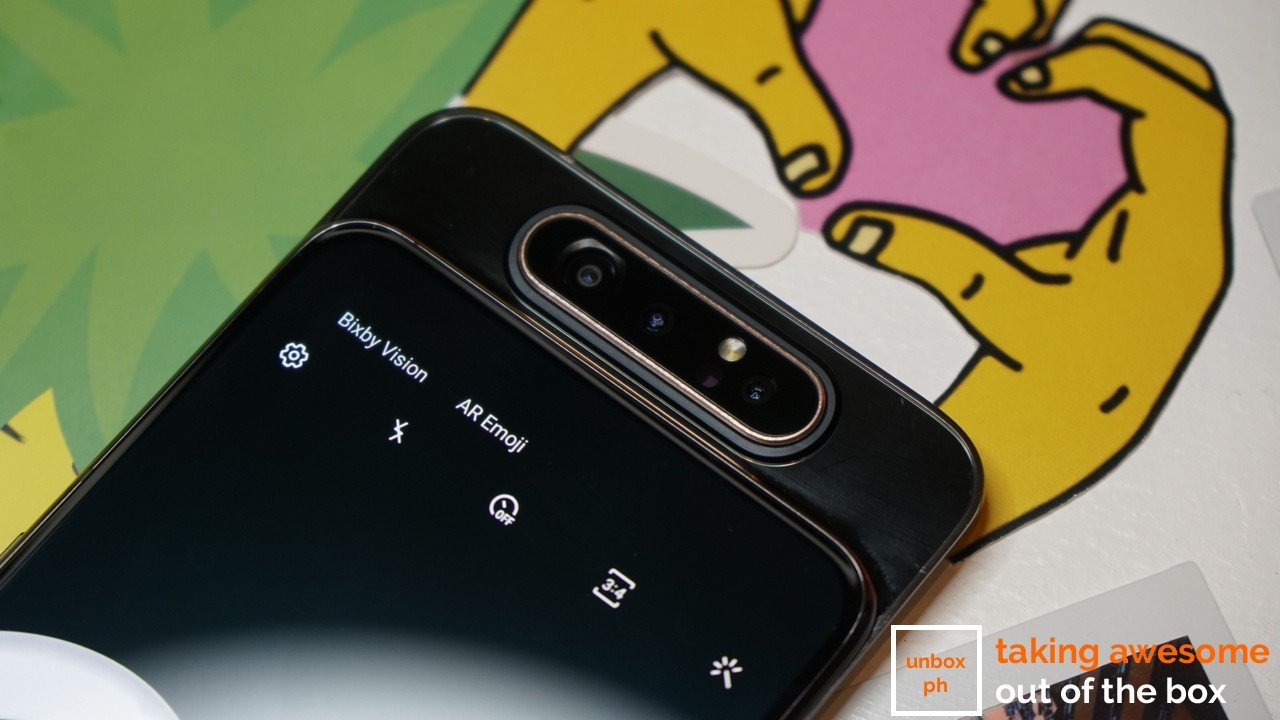
Pop-up cameras aren’t perfect though, and like any mechanical part, there’s a chance that they may break, either through wear and tear or through accidental damage. Companies like OnePlus, ASUS and others are trying to mitigate that via sensors that automatically retract the cameras when they detect the phone is falling, but that doesn’t account for stuff like accidental bumps and just people generally being clumsy oafs.
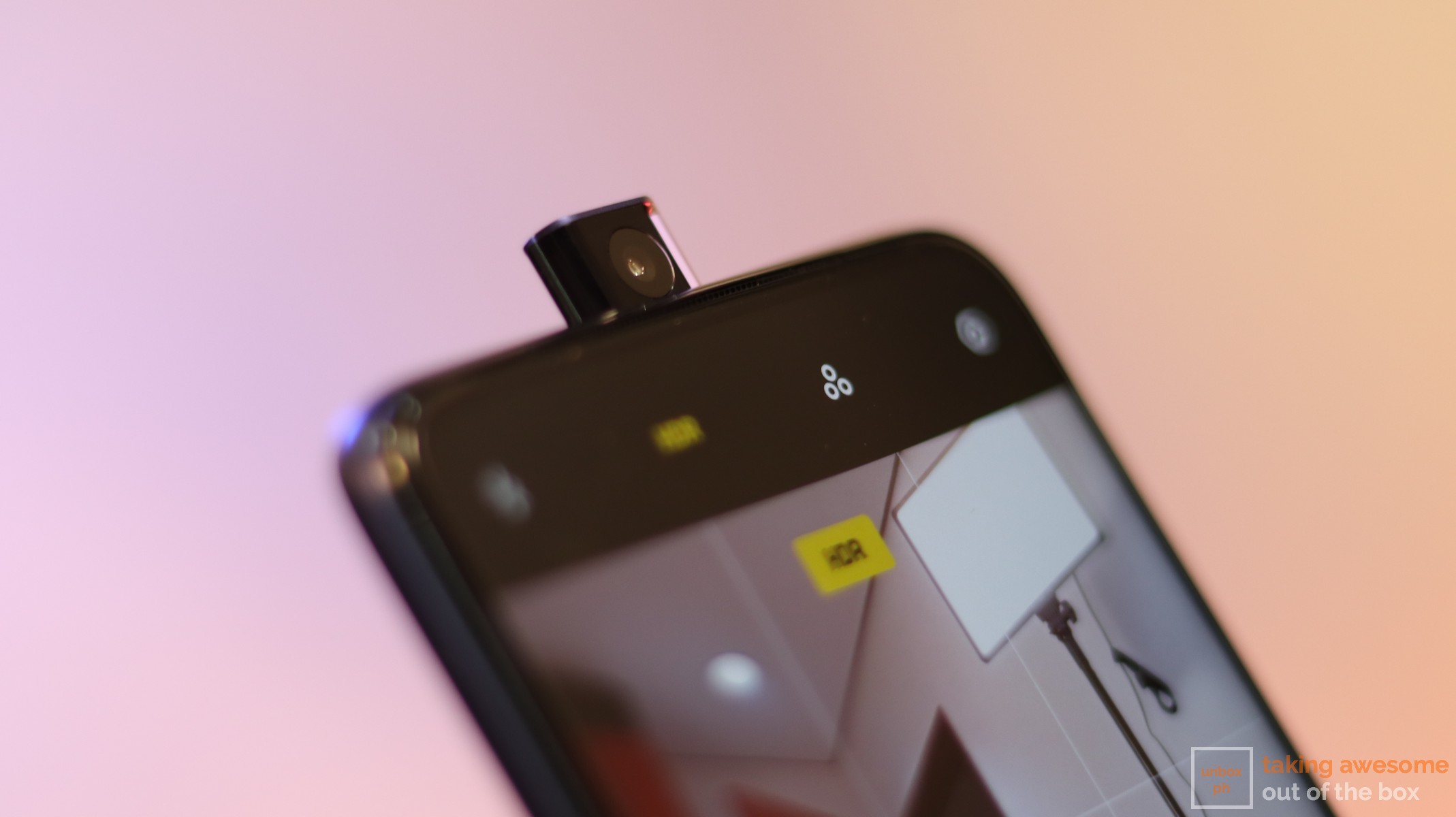
There’s also the question of lasting durability, and while companies will always give you the standard spiel of “these modules have been tested for xxxx amount of openings”, there’s a big difference between lab settings and the real world. Heck, I’ve yet to see a phone that has Gorilla Glass protection survive unscratched in my pocket with loose change and car keys.
There’s also the matter of water resistance. Sure, not people want it and most phones don’t have it to begin with, but even without a proper IP rating, most phones today can probably survive an accidental dip into water without too much trouble. That might not be the case with phones that have motorized camera modules, because of the required clearances on the device that opens up the phone to water ingress. That’s probably the reason why there isn’t a phone with a motorized camera AND IP resistance that’s available on the market yet.
But despite all of that the advantages far outweigh the disadvantages, and until someone finally makes that transparent display, motorized pop-up cameras are here to stay.
OnePlus Launches Their New Flagship Killers: Meet The OnePlus 7 And 7 Pro
vivo V15 Pro Unboxing, Quick Review: A Step Up with the Pop-Up
The P Smart Z is Huawei’s First Phone with a Pop-Up Front Camera
Samsung Galaxy A80 Hands-on, Quick Review: Pop-up Revolution


